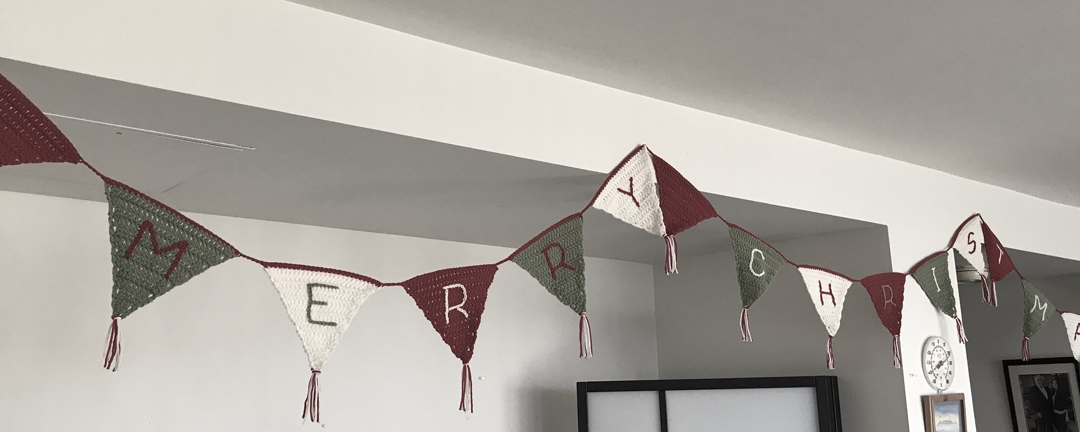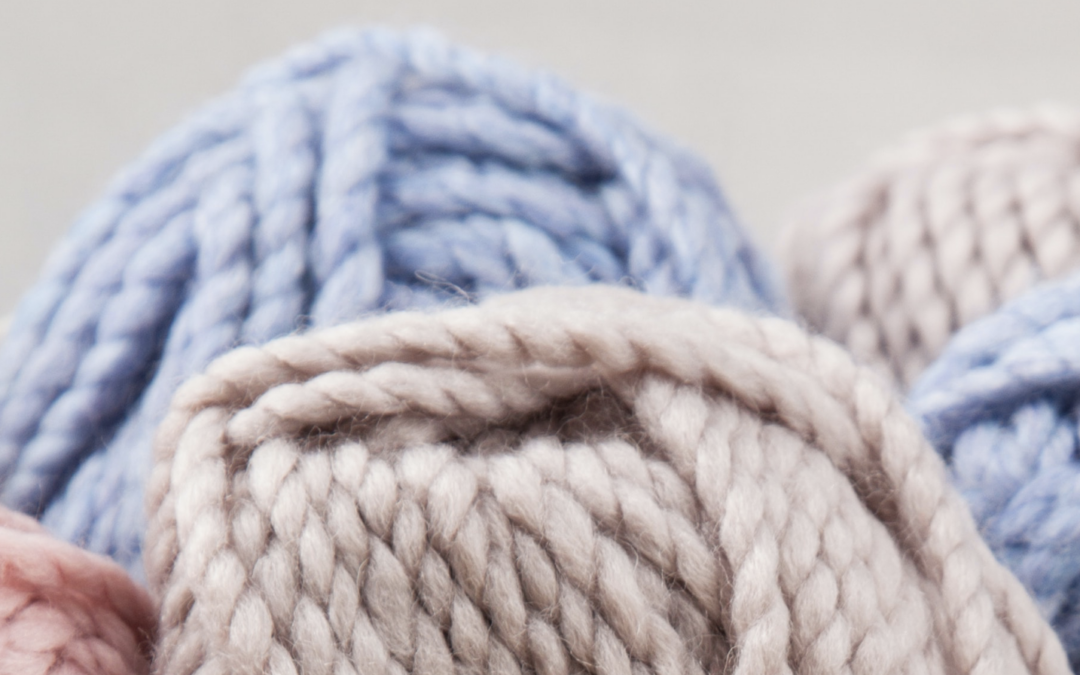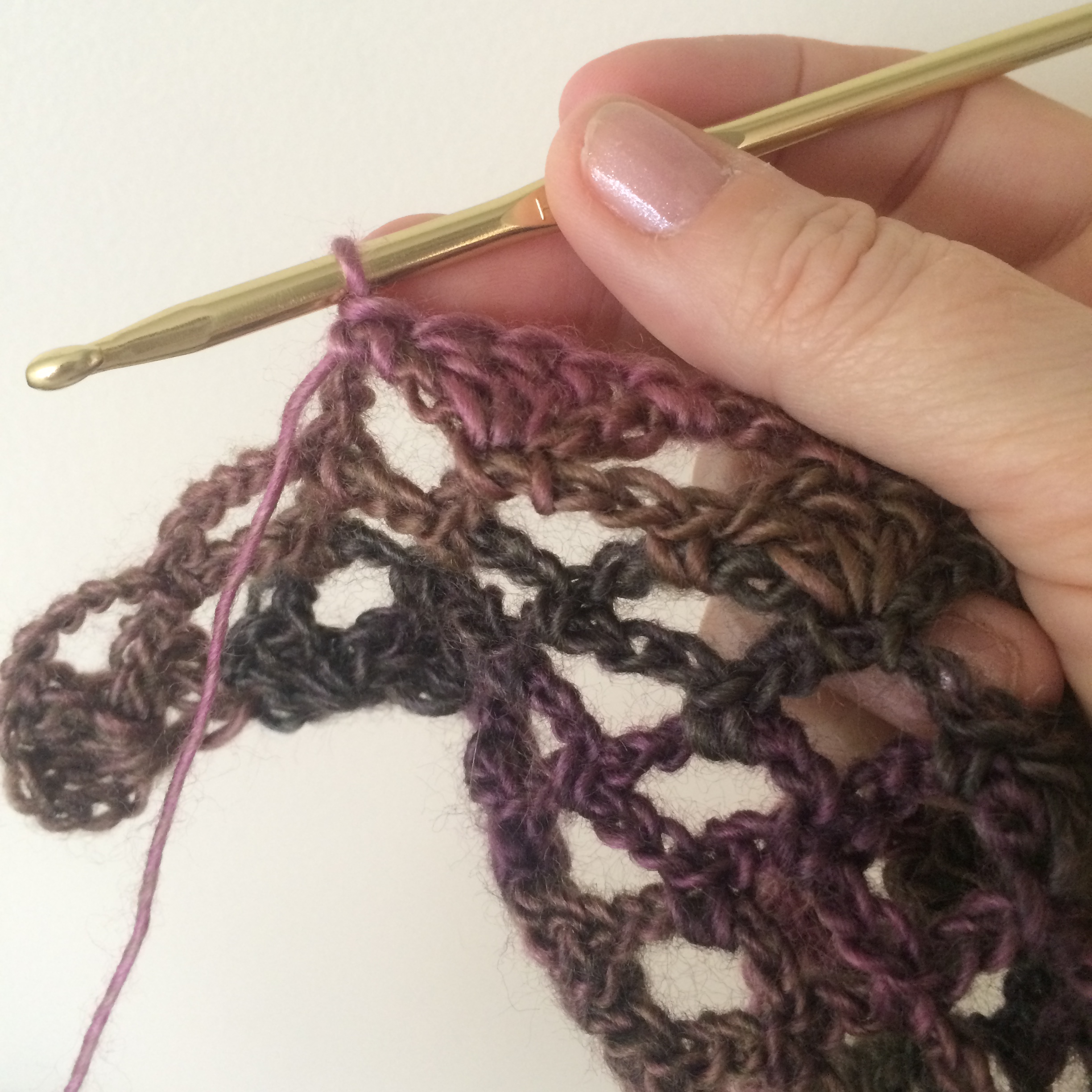You will love to create this gorgeous Merry Christmas decoration for your home.
Crochet Techniques – Chain-less Cast-On Method
Chainless Cast On
Base Chain Foundation
Typically the pattern will call for a chain of say, 40 or 100 chains, and the first row is built on the base chain.
In the chain-less cast-on method there is no chain.
I have also heard of this being called the chain less starting (crochet stitch) method CShdc, CSdc etc. which I may incorporate soon if that is the general term.
The chain-less cast on technique is used without a base chain so it provides some give in the item as a base chain can pull if not loose enough. Any tightness is only noticeable when you have worked up more of the item.
The first row is actually the base row and indicated as Row 1: on all patterns.
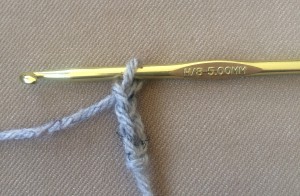
Row 1: 3 ch,
yarn over, insert hook in first ch (but both loops),
pull through (3 loops on hook),
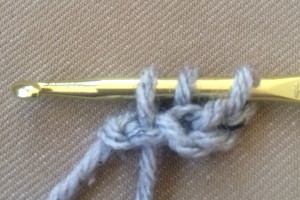
yarn over, insert hook into bottom stitch two “V” and pull through (3 loops on hook),
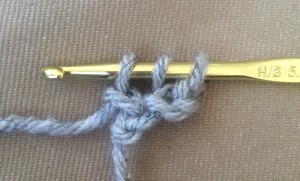
make 1 dc as normal inserting hook into both loops of previous loop pulled through.
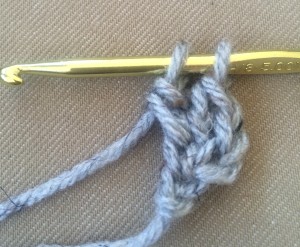
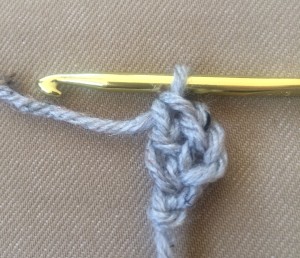
Each new double crochet is started in the one loop pulled through from the two on the base.
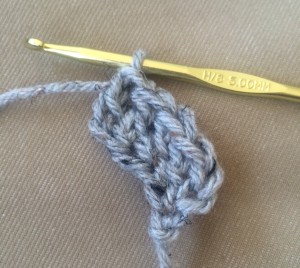
Continue for as many double crochets as required.
Where to Use the Chain-less Cast-on
This is great for waistbands on skirts and shorts. It also goes well for bag handles and straps for summer tops.
I don’t use it all the time but it does result in a really nice edge that has give and does not pull. In a way it is forgiving and I like that.

Author Bio
Alison Heathcote is a passionate crochet enthusiast and dedicated business blogger. She combines her love for crafting and entrepreneurship to inspire and connect with others.
With a knack for transforming yarn into beautiful creations and a flair for sharing valuable insights about running a successful crochet business, Alison embodies the perfect blend of creativity and practicality.
Read more about Alison’s crochet journey.
More Articles
If you enjoyed this post and crochet is your thing, you may like some other crochet articles from our blog.

Your First Crochet Sale
Your First Crochet Sale Your first sale is defined as the one where you sell a hand-made crocheted item to someone you have never met. When you make your first sale it is one of the five steps towards building your prosperous crochet business. That initial sale can be...
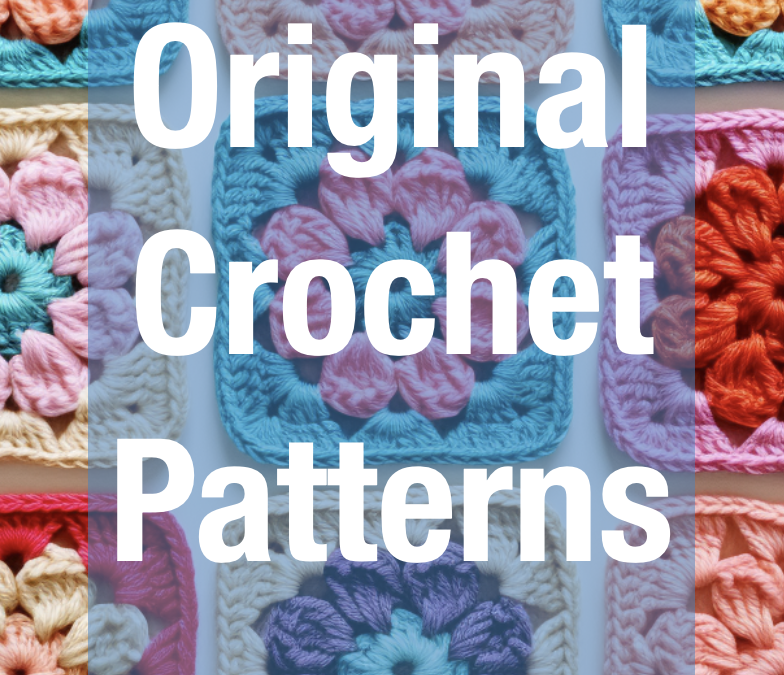
Crochet Patterns
Author: Alison Heathcote - Published: January 2024 About Our Original Crochet Patterns Finding a crochet pattern can be quite overwhelming with the multitude of options available. However, the real challenge lies in discovering patterns that not only meet your...
